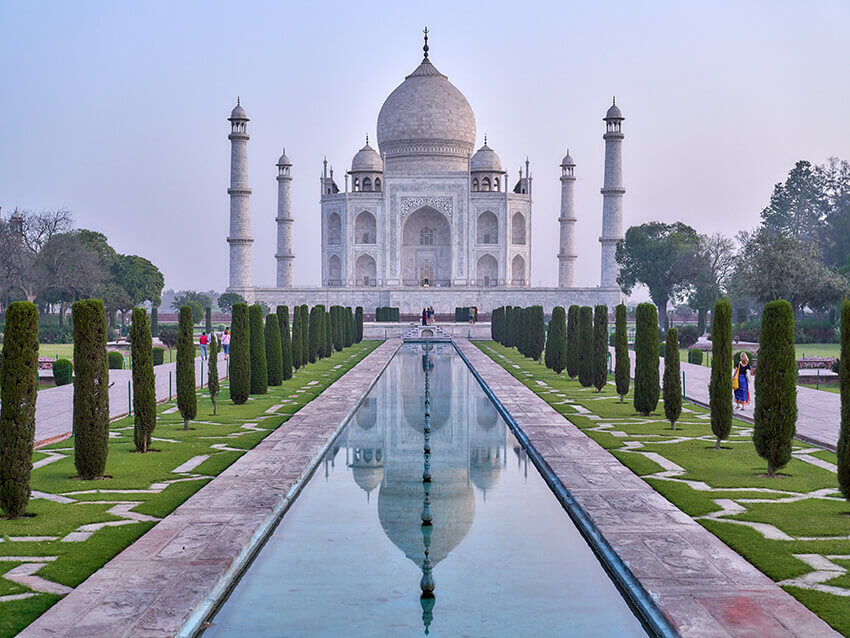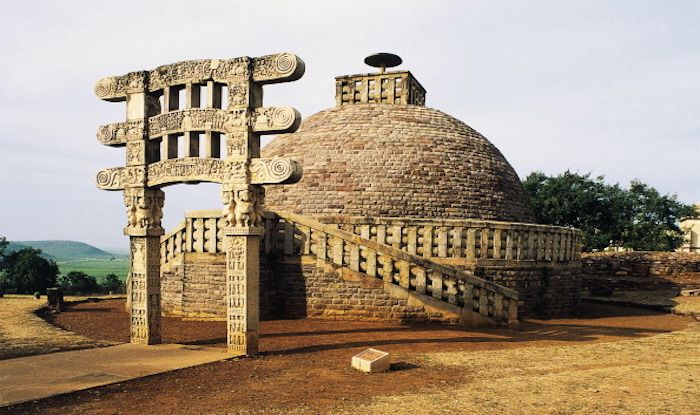- Home
- Culture of India
- Indian Architecture
Indian Architecture
Indian Architecture:
India has a rich culture and history of Art and
Architecture. The Indian architecture is a marvellous piece of art which has
evolved through different centuries. The different ages like the Mesolithic, Palaeolithic,
Chalcolithic and Neolithic age along with Indus Valley civilisation has made a
huge impact on Indian architecture. It was a very well planned city during
Harappan period. The towns were built with proper walls, roads, public bath and
sanitation
Even though
the towns that were built during Indus Valley Civilisation give us extensive
town planning still the beginning of Indian architecture can be traced during
the Buddhism period. Much of the buildings that were built earlier were in wood
but most of it has not survived.
The
architectural monuments are one of the most important tourist’s attractions in
India. Some of the magnificent architectural caves, temples and many other came
up during the Buddhists period include Ajanta and Ellora caves, stupas,
Viharas, Rock cut cave temples and many more.
The influence of the rulers of different dynasties along with regional
influence further improved the Indian architecture. The southern part of India
mostly developed the Hindu temple architecture under the dynasties of Chola,
Chalukya's Hoysala’s, Vijayanagara Empire, Chera’s and Pandya’s while the north
India developed mostly Indo Islamic architecture under Delhi Sultanate and
Mughal rule. In central part of India, the magnificent Khajuraho temple was
built during the Chandela period.
Later with the
invasion of French, Dutch, British and Portuguese the architecture was further
improved and thus a new architecture of European style known as Indo Saracenic
style of architecture. The Indo Saracenic was a blend of Hindu, Islam along
with Western style. Here are some of the details of the different architecture
at different stages
Harappan Architecture
Harappan civilisation is one of the most interesting and oldest civilisations in the world. The Indus Valley Civilisation covered a large part of area near Indus River. The discoveries made at these architectural sights give us a clear idea of the beautiful town planning done during that period. They used baked bricks, a much planned drainage and water system and properly built residential buildings. The major cities like Mohenjo Daro and Harappa had close to 60,000 individuals staying.
The town was
built in rectilinear shape. The houses were usually built on manmade hills.
It is the
important phase of architecture which was from Indian Bronze age to around 800
CE. During this period there was a slight decline in Buddhism and Hinduism was
more predominant. The urbanisation around the Gangetic Plains around 1200 BC
emerged with more of fortified cities. The Mahajanpada period was an important
phase in the ancient Indian architecture. The Nagara and the Dravidian
architectural style which developed in medieval period gave rise to Hindu
temple architecture. For further on Ancient Indian architecture click here.
Buddhists architecture can be traced back to the Mauryan Period when King Ashoka made Buddhism as the religion of the state and started following the principles of the religion. There are three types of structure that are associated with early religious Buddhists architecture that are the monasteries, the stupas and the shrines. One of the earliest stupa that is present is in Sanchi stupa. King Ashoka is said to have built around 84,000 stupas.
Some of the best examples of
Buddhist stupa include Amaravati, Sanchi, Barhut and Gaya. With the change in
time the stupa were slowly incorporated into the prayer Halls. The stupa
architecture was adopted even in the South East Asia. As the years passed there
were many changes even in the Buddhist architecture.
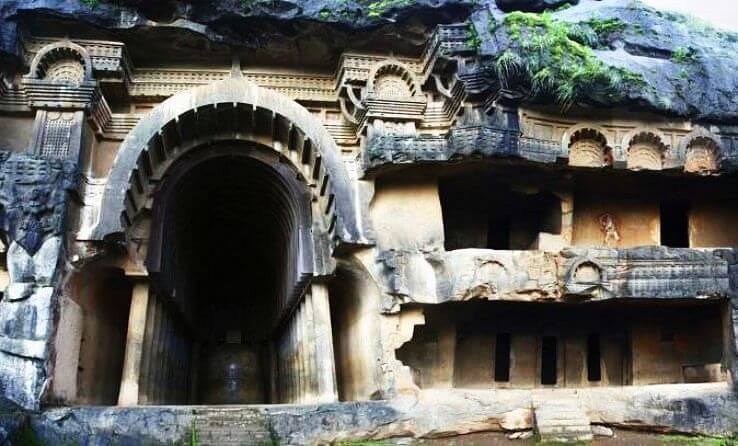
Cave Architecture:
It is believed
that cave architecture would have started around 3rd century in
India. Most of these caves were used by Buddhists and Jain monks for doing
prayers and even for residing. Caves were considered to be a sacred place in
India as it was associated with different religions Hinduism, Buddhism and
Jainism. Some of the earliest caves include Bhaja Caves, Karla Caves and Bedse
Caves. Cave temples are found in many parts of India. Some of the other major
UNESCO world Heritage caves are Ajanta and Ellora caves.
Rock cut architecture is one of the most important architecture that was present since very ancient period. Rock cut architecture is the creation of the structure of carving into the natural rocks. Rock cut architecture is present since the Mauryan period and Buddhism. In India caves are considered as sacred and the man made caves also have the same sanctity as that of natural caves.
Some of the
prominent rock cut structures includes chaityas, Viharas and temples. Earlier
the caves used were natural caves. One of the oldest surviving rock cut caves
include Barbara caves which is situated in Jehanabad district of Bihar.
Udayagiri and Khandagiri Caves has both natural and artificial caves which were
built near Bhubaneswar in Odisha, India. Both the caves are adjacent to each
other. Udayagiri has 18 caves and Khandagiri has around 15 caves.
Gupta Architecture:
Gupta Empire
is a very important Empire which came into existence from mid third century.
Gupta Empire is considered as Golden age of India. It ruled most part of the
Indian subcontinent. Some of the important rulers include Chandragupta I,
Samudragupta and Chandragupta II. This period was very famous for art and
architecture. The Hindu temple architecture was at the beginning stage during
Gupta period. Some of the famous temple includes Dashavatara temple, Mahabodhi
temple and Udayagiri Caves.
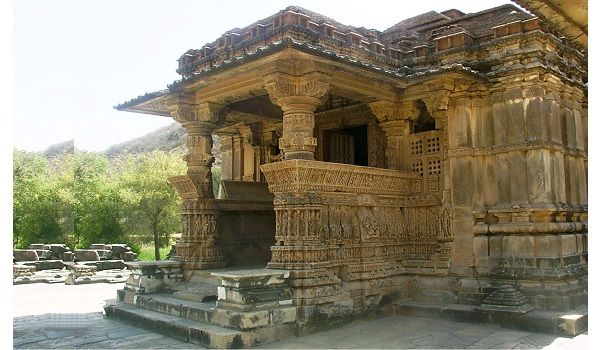
Indian temple architecture
Most of the
temple architecture has similar pattern and style with Garbha griha and Gopua
and the entrance. Most of the ancient temples are very big with the whole
temple being decorated with carvings of various Gods and Goddess. The Hindu
temple architecture showed the ideas of Dharma, beliefs, values of Hindu
Philosophy and also the life under Hinduism. The architecture is designed in
such a way that there is a link between man and God which shows him the
spiritual path and attain moksha.
With the
coming of Muslims to India many changes took place in the art and architecture
of India. The Indo Islamic architecture is a combination of Islamic and Indian
architecture. The mosques and the tombs which were different from Indian
architecture became common in the Indian Architecture. The architecture during
the medieval period can broadly be
divided into two categories namely architecture of Delhi Sultanate and Mughal
architecture. Some of the monuments built during this period include Qutb
Minar, Taj Mahal, Humayun’s tomb and many more which are world famous even to
this date.
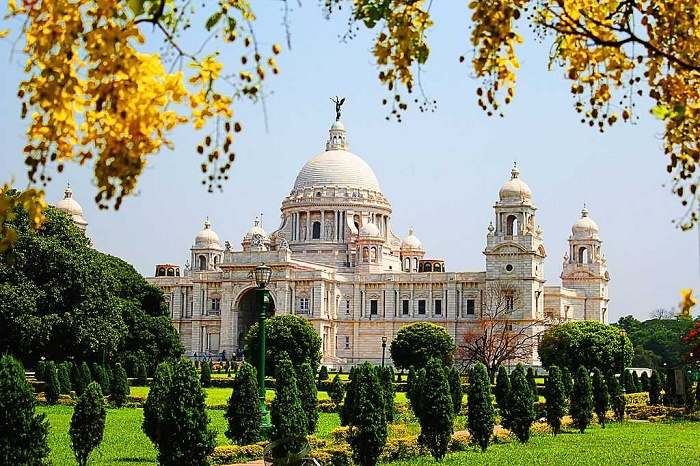
Indian Architecture
Colonization of India had a huge impact on the architecture of India. Some of the major powers that colonized India include French, Portuguese, Dutch and British. This led to the development of Indo Sarcenic architecture which was a blend of Indian architecture with European styles. The Indo Sarcenic architecture combined the Hindu, Islam and western elements. One of the classical examples is the Victoria Memorial in Kolkata.
Further after
India got independence in the year 1947 much new architecture has evolved and
new buildings have come up.
Jain architecture:
Jain
architecture bears resemblance with Hindu and Buddhists architecture. It was
usually the same carvers who worked for most of all the religions. One of the
main objectives of the Jain architecture was to preserve the religions
sentiments, feelings and culture extensively. Some of the earlier Jain
architecture is the Indian rock cut architecture. Some of the excellent rock
cut architecture is found in Mathura and Bundelkand. Jain architecture and
temples also share along with other religions in places like Badami, Aihole,
Ellora and Udayagiri. Jain temples are usually built in marble with
ornamentation.
Please share your views on Indian Architecture here.
Keep reading on Indian architecture to read more about the above different architecture
Related Pages
European Colonial Architecture
Update on coronavirus in India
Affiliate Disclosure:
If you make any purchase via a link on this site, I may receive a small commission with no added cost to you.
